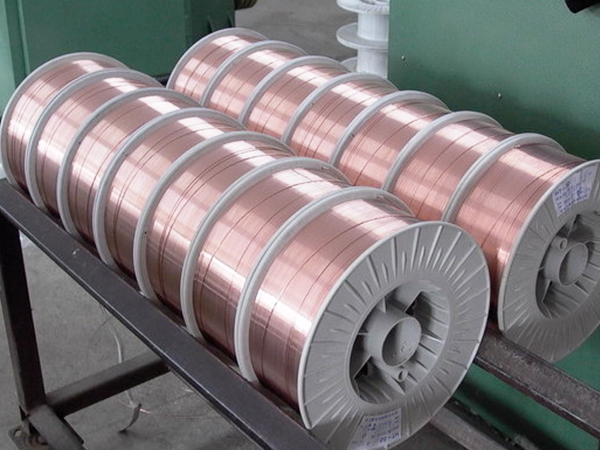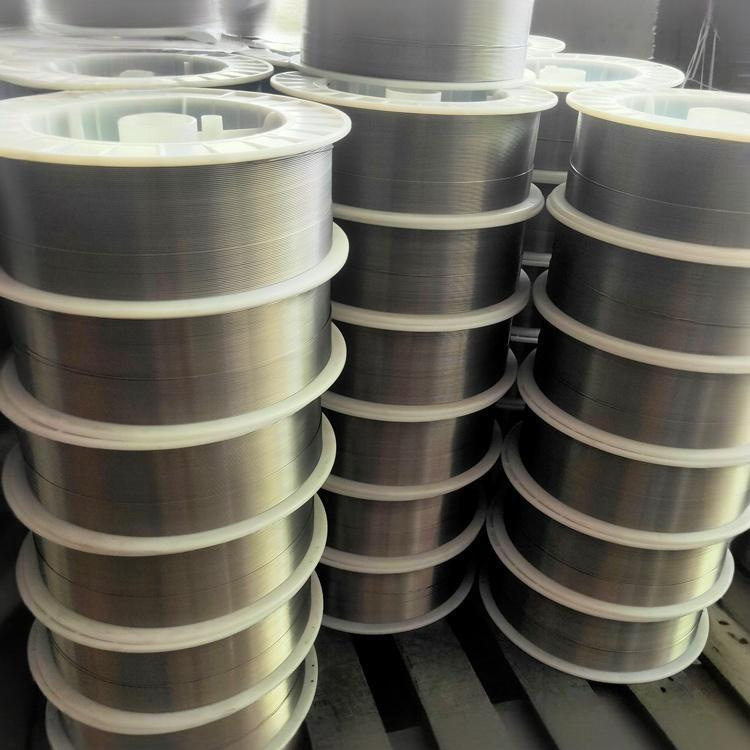The welding industry is experiencing shifts in material preferences as end-use sectors evolve to meet changing demands. Various industries, including automotive, construction, energy, and aerospace, are driving these changes by prioritizing performance, cost efficiency, and operational requirements. Understanding these influences helps manufacturers and suppliers align their offerings with market needs.

Automotive Industry: Lightweighting and High-Strength Materials
The automotive sector continues to push for lighter yet durable materials to improve fuel efficiency and structural integrity. Advanced high-strength steels (AHSS), aluminum alloys, and tailored blanks are increasingly used, requiring specialized welding techniques. As automakers adopt new material combinations, welding consumables must adapt to ensure strong, defect-free joints without compromising weight savings.
Construction and Infrastructure: Durability and Cost Considerations
In construction, welding materials must balance strength, corrosion resistance, and affordability. Structural steel remains dominant, but there is growing interest in weathering steels and higher-grade alloys for harsh environments. Fabricators prioritize welding wires and electrodes that minimize rework while maintaining joint integrity under dynamic loads.
Energy Sector: Demands for High-Performance Welds
The oil, gas, and power generation industries require welding materials capable of withstanding extreme pressures, temperatures, and corrosive conditions. Nickel-based alloys, stainless steels, and specialized filler metals are in demand for pipelines, turbines, and pressure vessels. As energy infrastructure expands, welding solutions that reduce downtime and extend service life gain traction.
Aerospace and Defense: Precision and Reliability
Aerospace applications demand exceptionally precise and reliable welds due to strict safety standards. Titanium, Inconel, and other high-performance alloys are commonly used, requiring low-defect welding processes like laser and electron beam welding. Consistency in filler metals and shielding gases is critical to meet stringent industry certifications.
Manufacturing and Automation: Efficiency-Driven Solutions
With the rise of automated welding systems, industries seek materials that enhance process stability and reduce spatter. Flux-cored wires and metal-cored electrodes are gaining popularity for their deposition efficiency and compatibility with robotic welding. Manufacturers also prioritize consumables that minimize post-weld cleanup to streamline production.

Conclusion
End-use industries play a pivotal role in shaping welding material preferences by emphasizing performance, cost-effectiveness, and adaptability. As technology advances and application requirements evolve, welding material suppliers must stay attuned to these trends to deliver solutions that meet industry-specific demands. By aligning with end-user needs, the welding sector can continue to support innovation across multiple markets.
This article provides an informative overview of industry-driven changes in welding materials while adhering to content guidelines for search engine visibility.